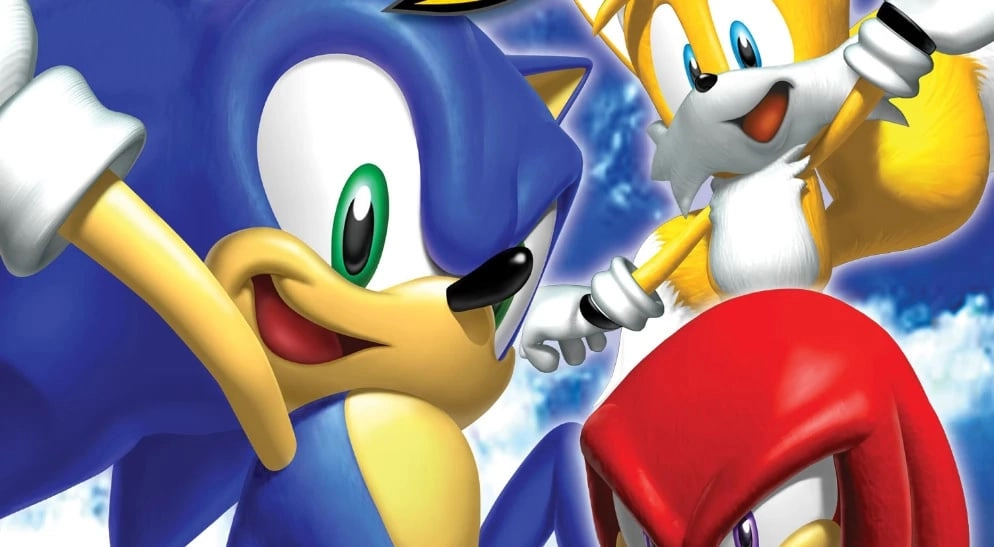
In the realm of video game preservation, a significant discovery has been made that is causing ripples of excitement among Sonic the Hedgehog fans and game historians alike. The preservation group known as Hidden Palace has unearthed a prototype version of Sonic Heroes for the PlayStation 2, a console that marked Sonic's debut on a PlayStation platform. This discovery not only offers a remarkable perspective on the game’s developmental stages but also highlights the challenges faced by the Sonic Team during its creation.
Sonic Heroes holds a special place in the Sonic saga. The game initially hit the shelves in December 2003, making its way to gamers in Japan before reaching avid players in North America and Europe. Sonic Heroes was unique in that it ventured away from the single-character playstyle typical of earlier Sonic games. Instead, the game introduced a team-based mechanic where players could control three iconic characters, each with their own distinct abilities to navigate through the game's challenging environments.
This venture marked the first instance in the Sonic series where the middleware engine Renderware was utilized. This was a departure from Sega’s traditional approach, which previously involved using their own internal Katana SDK for the creation of Dreamcast titles. Over the years, pieces of Sonic Heroes' tumultuous developmental journey have been revealed through interviews with key members of the Sonic Team, including Takashi Iizuka.
While information on the game's development for the GameCube and Xbox had been available through various builds released online, the PlayStation 2 prototype offers a new window into this integral chapter of Sonic history. According to Hidden Palace, the PlayStation 2 presented the most significant challenges for Sonic Team, a reality underscored by this prototype revelation.
The prototype, bearing a burn date of October 2, seems to have been compiled approximately five days before this timestamp. When compared to a GameCube build from October 8, it showcases noticeable differences, especially in performance and stability. Unlike the final PlayStation 2 product, this prototype interestingly ran at an impressive 50 frames per second, a frame rate it maintained consistently throughout most of the game.
Divergences from the GameCube counterpart are apparent. For example, the GameCube version features an earlier title screen reminiscent of the game's presentation during E3, as well as more placeholder text, despite seemingly representing a later build of the game. The PlayStation 2 prototype’s distinct file structure and the presence of more debugging symbols suggest that it could be a unique developmental snapshot, perhaps the very first comprehensive version of Sonic Heroes prepared for the PlayStation 2, rather than a restricted demo.
With the preservation community sharing information like this online, enthusiasts can watch footage of the prototype in action. These opportunities not only satisfy nostalgic cravings but also contribute to a deeper understanding of the video game development process. They reveal the substantial differences between early builds and final releases, highlighting the iterative and often complex nature of game creation.
This prototype is an invaluable piece of the puzzle in piecing together the history of Sonic Heroes and the broader context of Sonic Team's transition to developing multiplatform experiences. The release of such rare content energizes communities, sparking discussions and analyses among fans and professionals alike.
The work of organizations like Hidden Palace is critical in ensuring these pieces of gaming legacy are not lost to time. They provide resources and documentation that enable players and scholars to appreciate the historical and cultural significance of games like Sonic Heroes. In an age where digital media could easily vanish, these findings emphasize the importance of video game preservation in maintaining a record of the industry's evolutionary milestones.
This discovery also underscores a growing interest in the developmental phases of beloved video games. With each new unveil, enthusiasts gain a clearer picture of the artistry and engineering that go into crafting immersive digital experiences. Sonic Heroes' PlayStation 2 prototype is more than just a collector's delight—it's a window into the past and a celebration of video game heritage.
You must be logged in to post a comment!